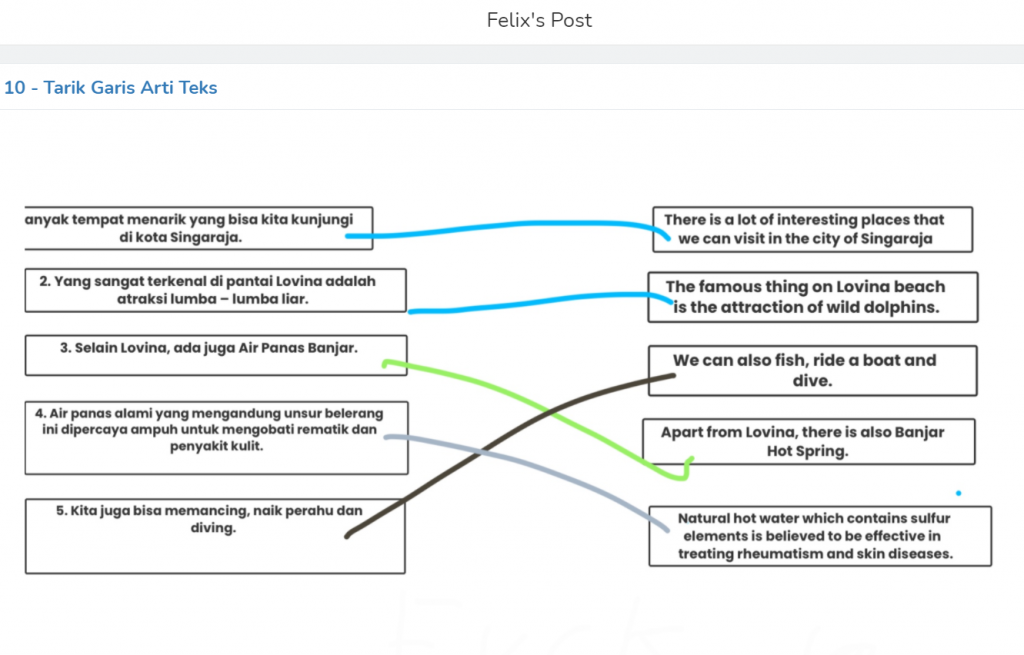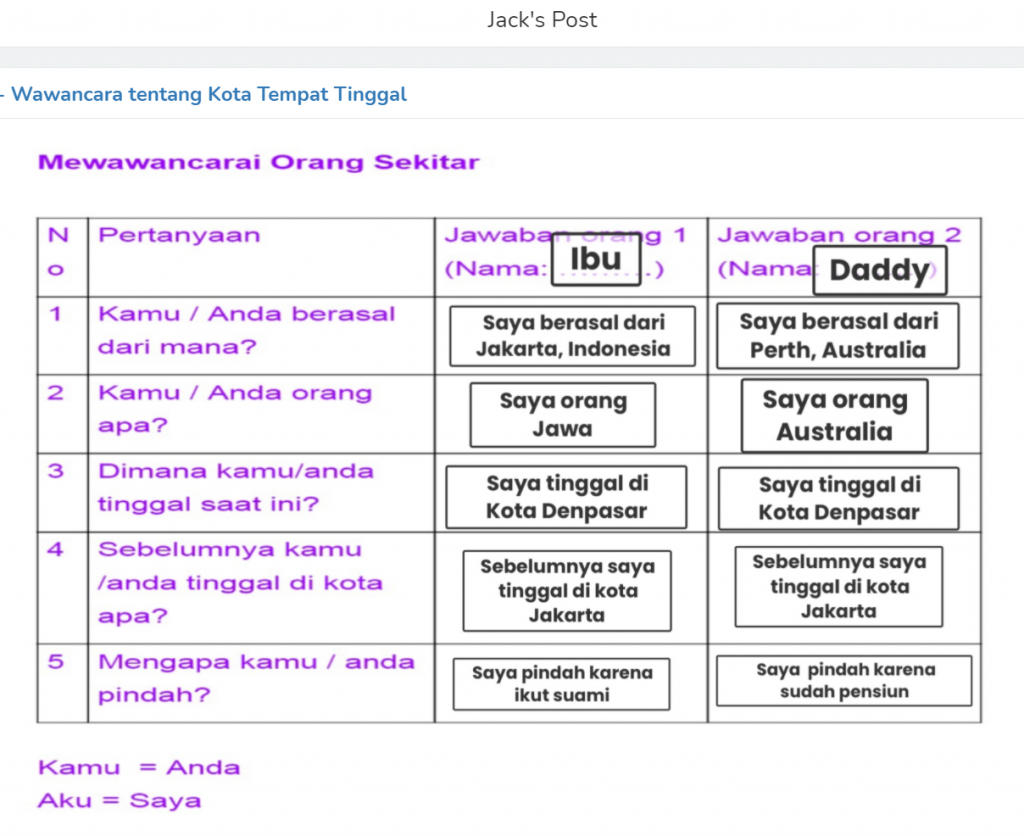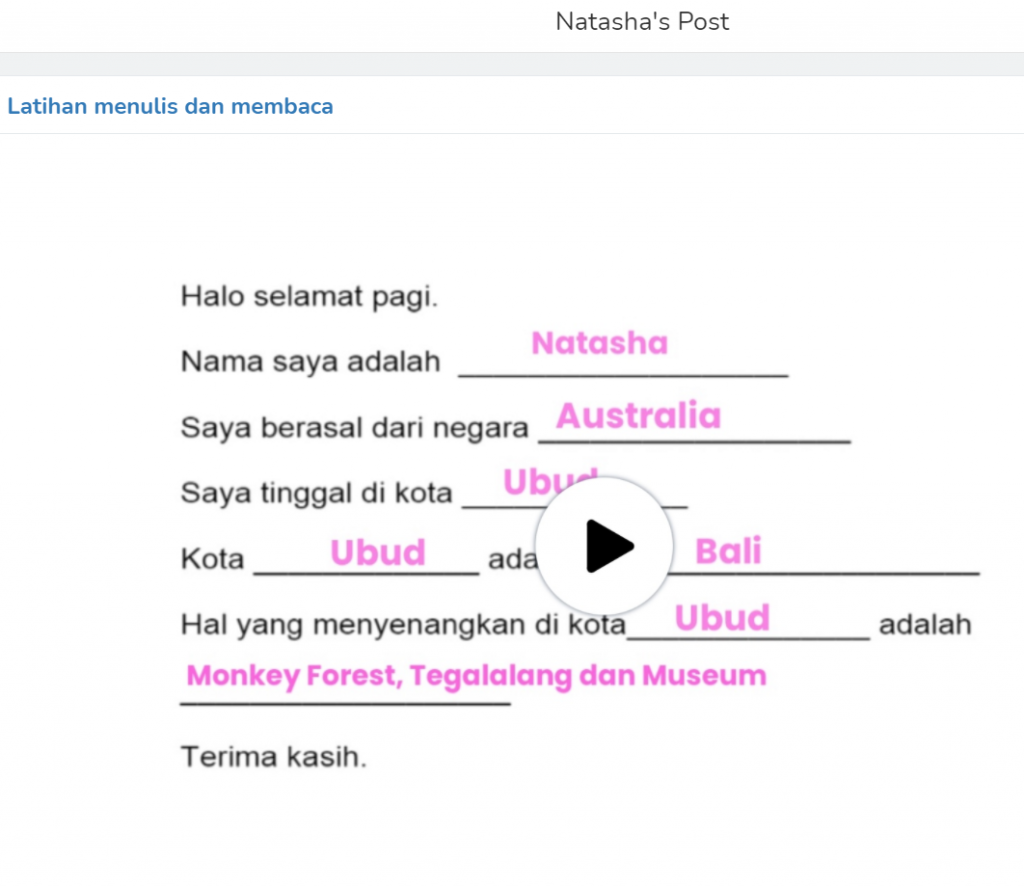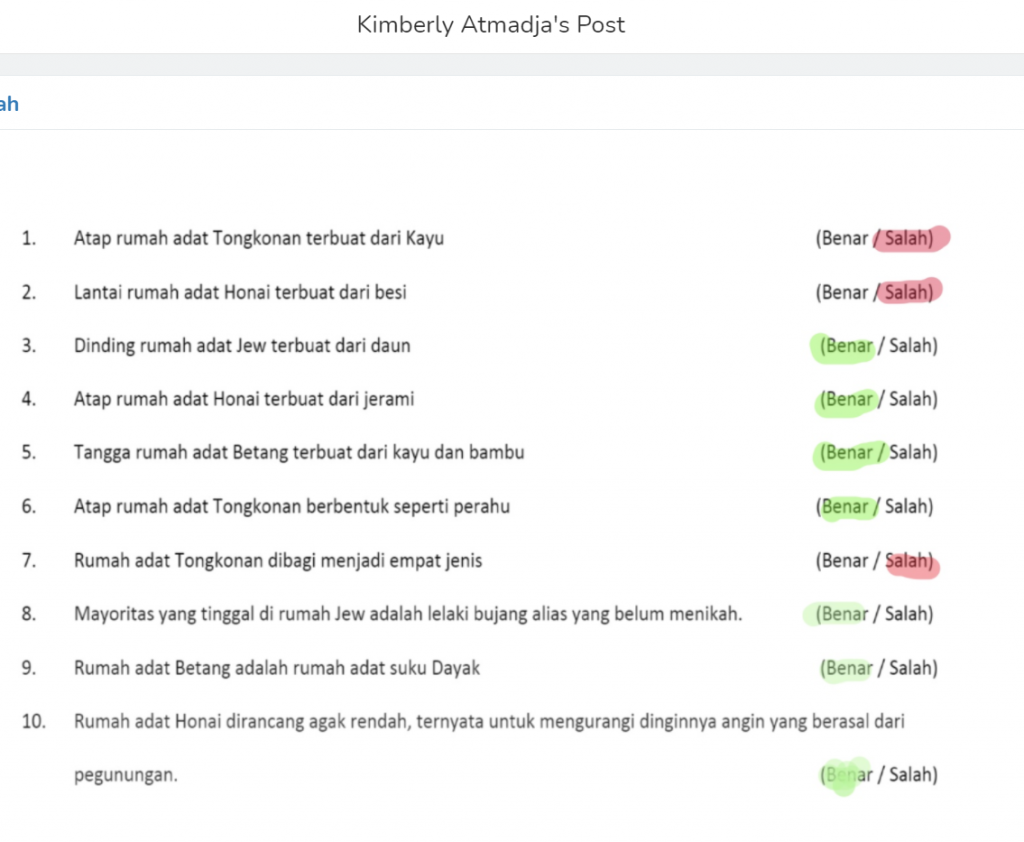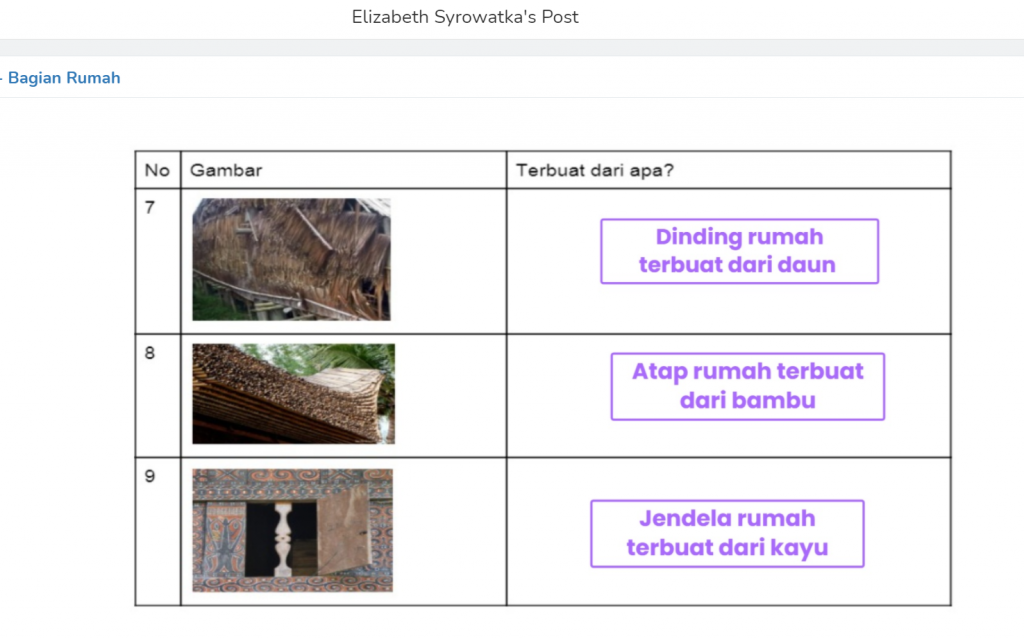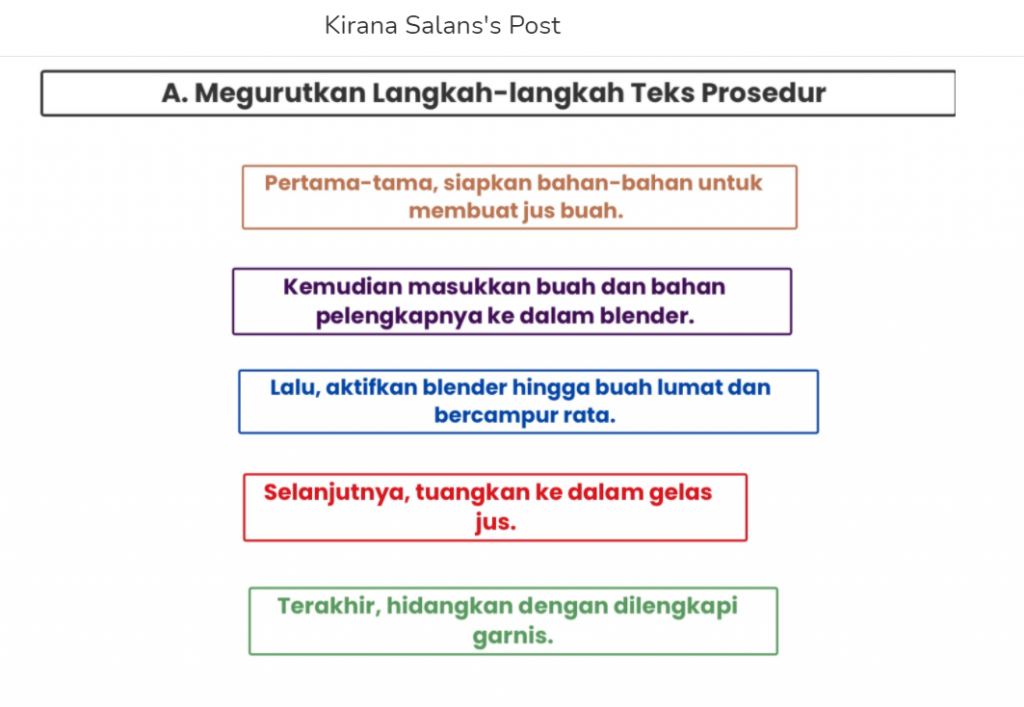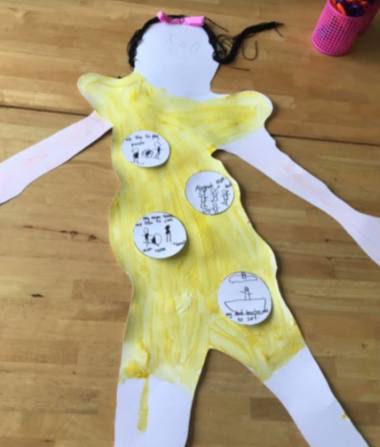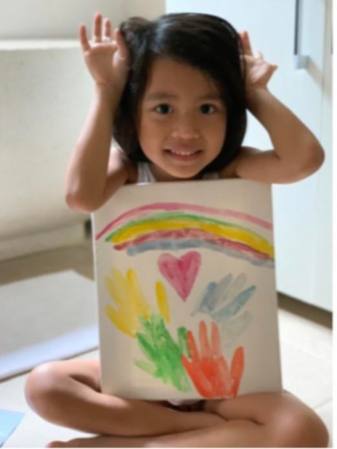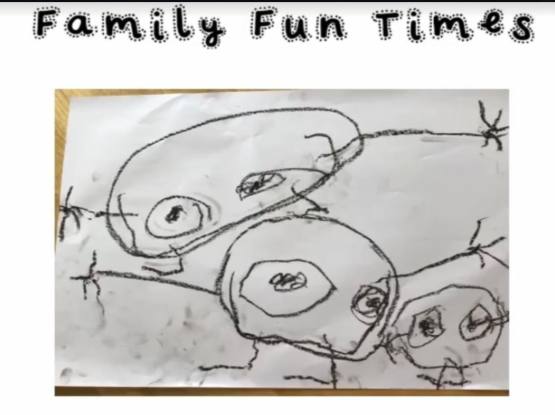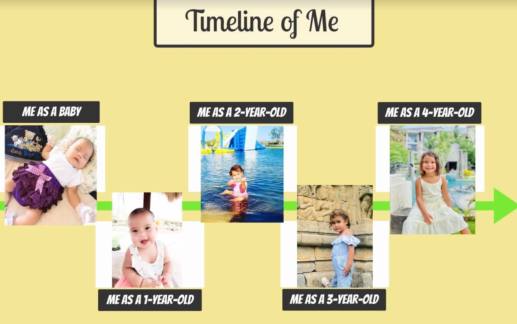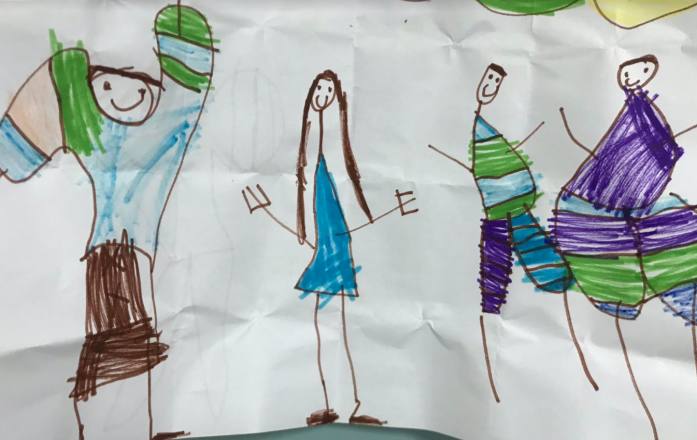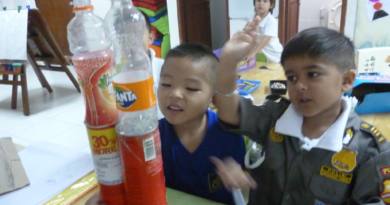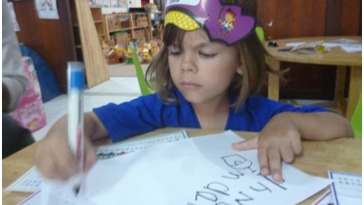Primary eNews – February 19, 2021
International Mother Tongue Language Day Celebrated at BIS on Monday, February 22
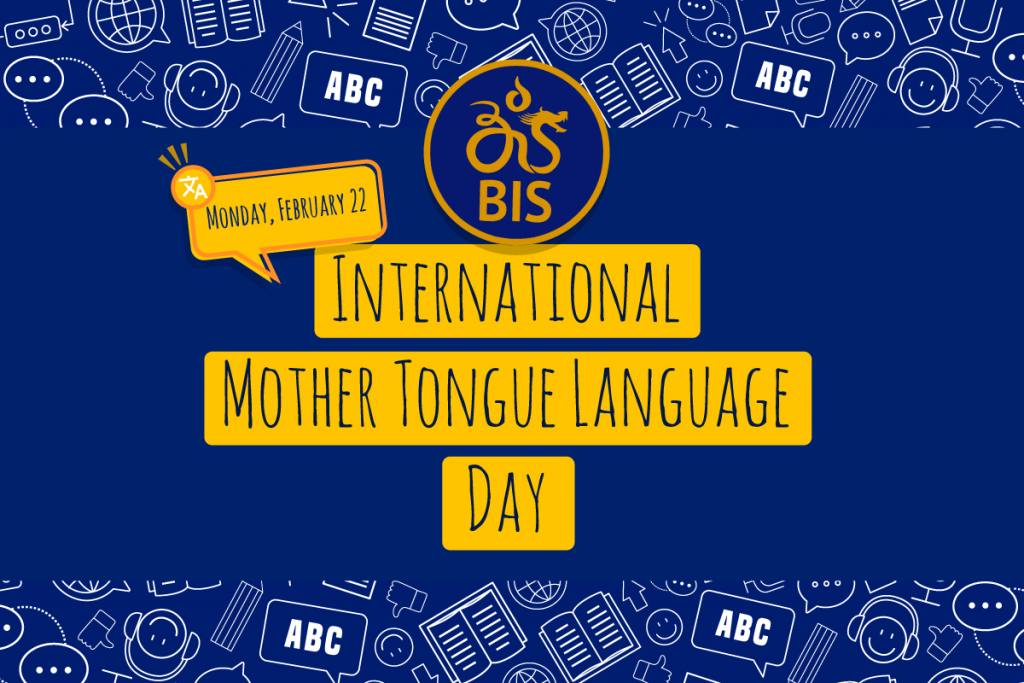
On Monday, February 20th, BIS will recognize International Mother Tongue Language Day with a short but authentically fun and interesting activity for all grade levels. Considering our current Distance Learning model which exists first and foremost to ensure safety, an activity like last year’s collaborative international-mindedness discovery activity that cut across all language, age, and grade levels isn’t realistic unfortunately, but the language exploration of our fellow BIS community members on the 22nd will still be fun. Parents can join their children’s Zoom/Google Meet class when this occurs to participate.
Last year before our activity we briefly explored the history of Mother Tongue Language Day, which was founded in 1999 via a proclamation by the United Nations at the urging of the country of Bangladesh. This year, I would like to give a brief snapshot of Indonesia’s eclectic history in regard to “mother tongues”; the following is a compiled, edited version of this history from the website Living in Indonesia and the books English Language Education Policy in Asia by Robert Kirkpatrick and Multilingual Education Yearbook 2019 by Indika Liyanage, Suwarsih Madya, Sari Hidayati and Tony Walker.
The official language of Indonesia is Bahasa Indonesia (literally, “the language of Indonesia”). It is the language that unifies the world’s fourth most populous country – a country comprised of 350 ethnic groups speaking 750 native languages and dialects. Bahasa Indonesia, a standardized version of Malay, is the sixth most widely spoken language in the world (after Mandarin, English, Hindi, Spanish, and Arabic). Mother tongue languages do continue to play an important role in Indonesian life as a valuable part of Indonesia’s cultural heritage.
Today, Indonesians are overwhelmingly bilingual. In infancy, they learn the native language of their island region and, when they enter school, they learn Bahasa Indonesia – the national language and medium of instruction in educational institutions. It is rare to meet an Indonesian who is not fluent in her or his native tongue as well as the national language.
Although the Dutch ruled Indonesia for more than 350 years, Bahasa Indonesia was successfully institutionalized as a national “lingua franca” beginning when the Sumpah Pemuda (the Oath of Youth) was declared on 28 October 1928. This ideology is also formally spelled out in Chapter 36 of the 1945 Constitution of the Republic of Indonesia.
The 1945 Constitution of Indonesia encourages people to use, develop, and preserve local languages. Nonetheless, the formal learning system in Indonesia generally uses only the national language for instruction in schools. However, a legislation regarding muatan lokal (local content curriculum) was enacted in 1996. Use of the local language was among the topics included in this Act. This acceptance gained further momentum with the passage of another law in 2003, which states: “Local language can be used as the medium of instruction in the early stages of education, if needed, in the delivery of particular knowledge and/or skills.”
As BIS celebrates International Mother Tongue Day on Monday, February 22nd, we remember our host (and home) country’s similar eclectic collection of languages.
-Mr. Marshall, Librarian
Grade 2 Indonesian A – Where we live
Grade 2 Indonesian A students have been learning about where we are in place and time. Students demonstrate their knowledge and understanding of vocabulary and simple grammatical structure related to some interesting places in Bali, the name of the city that they live in now and before, and some big islands in Indonesia.
Specific vocabulary related to this topic was introduced using words and pictures. The students also gain knowledge about home/domicile, cities, islands, and expressions by playing several games like; the picture reveals, finding the differences, puzzles, listening to the audio, and many more.
To improve their reading comprehension skill, they were provided some texts about interesting places in Singaraja city. They need to read it and answer the questions based on the text. They also practiced their speaking skill by interviewing people around them. Here are some examples of students’ work.
Grade 4 Indonesian A – Traditional Architecture
Grade 4 students have been learning about traditional architecture. At the beginning of the lesson, they were inquiring into indigenous architecture in Indonesia. Looking for the traditional houses in Indonesia and explaining the images by using see, think, wonder. They were also reviewing the vocabulary about the part of the house, shape, and color.
To improve their reading comprehension skill, they were provided some texts about Toraja, Asmat, Dayak, Dani, and Balinese traditional houses. They need to read it and answer the questions based on the text. They also practiced their writing skill by writing some sentences and writing a letter to a friend discussing a traditional house. Here are some examples of students’ work.
Every day we learn about who we are and what we can do
This term in Preschool the children inquired into the statement, ‘Every day we learn about who we are and what we can do’. In this unit, the children explored how they are unique and special and began this by identifying our physical characteristics, names, mother tongue, and families. We discussed our features and recognized there are similarities and differences within our families and preschool class. “Mum and I both have dark brown hair but my sister has a lighter colour.” We read a beautiful story, “Whoever You Are” and one child stated that, “You can be different and when we are different we look like a rainbow but our heart is always the same.”
We talked about how families play an important role in shaping who we are. The children explored how families like to do things together. They even have their own traditions that are special to them. One child used a globe to explore where their family came from. One child said, “I’m Bali”. When asked how many members were in one child’s family they said, “In total or just in Bali?” showing an understanding of extended families. We explored all the different languages we could speak and how we could all communicate with one common language, English.
We explored the different milestones in our lives. We used timelines to show how we have changed over time. One child explained, “I grow taller, of course my hair is longer. Now I am bigger, I am going to a bigger school. I am in P4.”
One way to show growth was the fact that we grow out of our clothes. The children could connect with the character from the book, “The Cherry Dress” on how their favourite clothes no longer fitted, now they were bigger, and how they were passed down to younger brothers and sisters.
We explored how skills and abilities develop as we grow. This led nicely into the idea of being a risk-taker. As we learn new things we make mistakes and that’s ok. We can learn from these mistakes. The children reflected on skills and knowledge they have developed this year and have begun to set goals for future learning.
Counselor
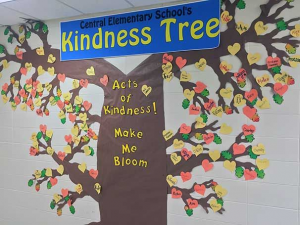
February 17th was “random act of kindness day.” Children (and adults) benefit from regularly doing random acts of kindness because they get a release of oxytocin, commonly called the “love hormone.“ Oxytocin makes people more trusting, generous, and friendly. There can also be a release of dopamine, a chemical messenger in the brain that can cause a feeling of euphoria. Lastly, serotonin can be released, which regulates mood (IsHak, 2019).
One idea for your family is to create a visual, like the tree in the photo. Whenever someone in the family sees another member doing something kind, share the act on your kindness tree. These acts start to become contagious. Another option is to include the spotting of random acts of kindness in your family meetings.
Take care, Sharon

